Vlad Kovalevsky
In the world struggling to grapple with increasing amounts of waste, turning trash into energy seems to be an ingenious solution. Yet incineration, the most common way to do so nowadays, has proven to be a cause of harmful pollutants that entail significant risk to health and the environment. Moreover, when buried in landfills, our garbage accelerates climate change through emitting methane, a greenhouse gas that is 86 times more potent at trapping heat than CO2.
Aspiring to solve the problem of environmental pollution, cleantech companies and startups are developing technologies that enable disposing of our waste safely, while also creating an alternative to fossil fuels. Orange Bird researched such waste-to-energy projects to find out who and how exactly can benefit from this technology.
Electricity from Soya Beans
Aiming to reduce its dependence on fossil fuels and ensure environmentally sound disposal of by-products, Ruchi Soya Industries, one of the leading agri-food companies in India, invested to build a waste-to-energy facility on one of its plantations in the city Washim. The plant converts waste of the soya harvest into a substitute for natural gas, which is then used by Ruchi Soya factories to process soya beans.
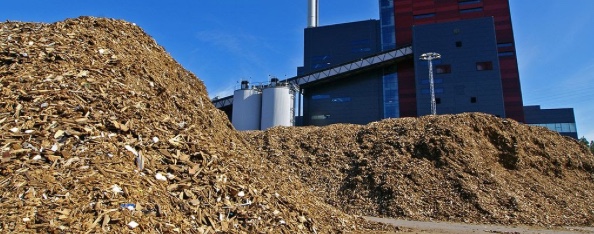
The use of farm waste for energy production is widespread around the world, yet a traditional way to do so — through burning — leads to water and air pollution, as well as major health problems. The Ruchi Soya plant relies on a gasification technology that is believed to be less harmful for the environment. In fact, a cleantech company Synova Power and the Energy research Centre of the Netherlands (ECN), whose technology the plant in Washim uses, assert that their gasification system is carbon-neutral.
Gasification is a process for converting waste into a dense synthetic gas that can be used to produce renewable energy or sustainable fuels. Put simply, the technology allows the waste matter to be heated to the level of gasification without ignition and incineration. A unique feature of Synova’s technology is that it also offers a cleansing system that removes tar from gasified biomass, thus preventing emissions of harmful pollutants.
Apart from Ruchi Soya, ECN and Synova, another important collaborator in this project was an Indian engineering company Thermax, which was in charge of the plant’s construction. In addition to the Ruchi Soya’s plant, Thermax carried out a couple of similar waste-to-energy projects across Asia. For example, facilities that use rice husk as a source of energy built for a paper manufacturer Bataan 2020 and an energy corporation IBEC in the Philippines.
A Magic Bullet to Urban Waste Crisis
A cleantech company Enerkem developed a technology that converts non-recyclable and non-compostable solid waste into methanol, ethanol, and other widely-used chemicals. In Canada, Enerkem’s gasification technology was employed to help municipalities of Edmonton cope with the growing volume of household waste. This project was partially funded by the government of Alberta and the Government of Canada.
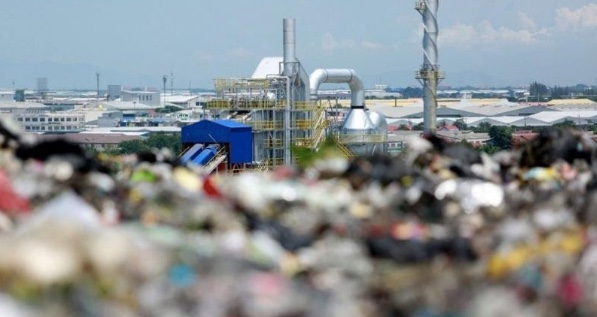
Since its launch, the Enerkem waste-to-energy facility has become an indispensable part of the city’s waste management. Every year, the plant processes about 100,000 tons of municipal solid waste. This, along with other waste management programs such as recycling and composting, helped divert 90% of all residential waste, which means that only the remaining 10% now ends up in landfills.
Through a gasification technology, Enerkem converts abundantly available non-recyclable waste into methanol and ethanol that are then used to produce low-carbon transportation biofuel. According to the company’s estimates, its process results in an 80% reduction in greenhouse gasses compared to the combined emissions from gasoline and waste landfilling.
Enerkem is also building similar facilities outside Canada. Jointly with leading chemical and energy companies Nouryon, Air Liquide, and Shell, Enerkem is now building a waste-to-energy plant in the Port of Rotterdam. The partnering companies view the facility as a way to decarbonize the transportation sector. The plant is expected to take up to 360,000 tons of garbage every year, which is equivalent to the total annual waste of more than 700,000 households.
In Spain, Enerkem in partnership with a French utility company Suez is constructing a plant that converts solid urban waste into biofuel. With NOVA Chemicals, a producer of chemicals and plastic resins, Enerkem is now exploring a technology that can turn non-recyclable waste into ethylene, a basic building block of plastics. This innovative technology might help start reusing plastic that cannot be mechanically recycled today, thus driving a plastics circular economy.
Zero Waste Future of the U.S. Army
A renewable energy company Sierra Energy, which counts Bill Gates and Jeff Bezos among its investors, to date has a single, but very significant client — the U.S. Army and Department of Defense. For example, Fort Hunter Liggett, an Army base in California, has embraced Sierra Energy’s technology that transforms waste into electricity to power the base’s operation. This project is a part of the base’s effort to meet net-zero standards for both waste and energy, meaning that the base is striving to produce as much energy as it consumes, with zero waste leaving the facility.
Sierra Energy waste-to-energy technology FastOx relies on a gasification process. Using heat, steam, and oxygen, a gasifier breaks down waste at the molecular level and turns waste into a clean, renewable form of energy called synthetic gas or syngas. An advantage of the FastOx is that it can handle nearly any type of waste: from medical waste and plastics to car tires and even some hazardous and toxic by-products. Sierra Energy claims that such feedstock flexibility and versatility make its gasification plants easy to adapt to any local conditions.
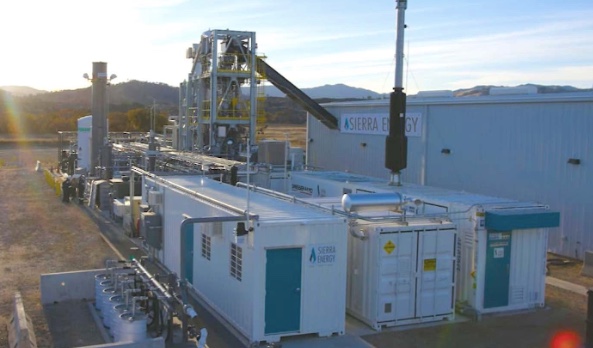
Another example of a partnership between the U.S. Army and the cleantech industry is a waste-to-energy plant at Hurlburt Field Air Force base in Florida that uses plasma gasification technology owned by a Canadian company PyroGenesis. With a temperature hotter than the sun surface, this technology enables to destroy medical waste, hydrocarbons, and chemicals that can be hazardous if disposed of in landfills or traditional mass-burn incinerators.
As the Air Force says, this plant helps to keep about 8.3 tons of daily trash from Hurlburt out of landfills, producing enough energy to run the facility. It also helps safely dispose of hazardous waste and save money in tipping fees that are generally high for dumping this type of waste.
Powering a Cement Plant with Solid Waste
Entsorga West Virginia is one of the most prominent examples of waste-to-energy facilities that use municipal waste in the United States. The plant is a result of a partnership between Apple Valley Waste, a local waste management company, BioHiTech, a technology firm in the Utilities sector, an Italian company Entsorga, an owner of high-efficiency biological treatment (HEBioT) mechanical biological treatment (MBT) system that is employed at this facility.
Trash for the plant is brought from all around Berkeley County in West Virginia. Through the HEBioT MBT system, Entsorga West Virginia turns mixed municipal solid waste into a renewable fuel to be used by a nearby cement manufacturer. Entsorga technology also allows recovering recyclable commodities like metals and glass found in the overall waste stream and sending them to local recycling facilities to be properly recycled. This process is expected to save about 80% of the waste that enters the facility from being dumped in a landfill.
Entsorga West Virginia is the first resource recovery facility that uses HEBioT MBT technology in the United States, but more plants of this type are expected to pop up in the near future. For example, BioHiTech currently seeks approval to construct a municipal waste processing facility in Rensselaer, New York.
Easing the Burden on Landfills
Facing increasing amounts of generated trash, even landfills express interest in waste-to-energy technologies. One such example is Columbia Ridge Landfill in Arlington, Oregon. There, a plasma gasification plant was built jointly with a cleantech company InEnTec that enabled the landfill to convert municipal household garbage into ultra-clean syngas. This gas is then used to produce renewable hydrogen, which can in turn be transformed in fuels or sold for other applications, for example, to make fertilizers. This technology uses extremely high temperatures to process trash that breaks it down into its constituent atomic elements. It isn’t incineration, which means there are no hazardous emissions from the plant.
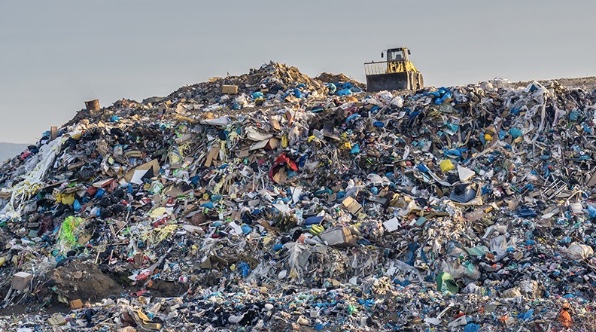
Another business that embraced InEnTec plasma technology is a chemical corporation Dow Corning. The company installed the system on one of its plants to convert hazardous industrial by-products into hydrochloric acid and syngas. The InEnTec system was also installed in a waste-to-energy plant that processes medical waste in a town near Taipei, the capital of Taiwan. Apart from these examples, InEnTec has been operating a bunch of small-scale plasma plants. The company even designs a tiny transportable plasma system that can fit on the back of a flatbed truck.
Getting Waste Management on Track at Indian Railways
Earlier this year, Indian Railways opened its first waste-to-energy plant in the city of Bhubaneswar. The plant uses waste generated at Bhubaneswar railway station and railways depots as a feedstock and converts it into light diesel oil that can be used in furnaces and gas that can be used to keep the facility running. The plant uses heterogeneous catalytic technology patented by a company named Polycrack, which states that the process is completely safe for the environment. Polycrack can be fed with nearly any type of waste: plastics, petroleum sludge, organic garbage, electronic waste, auto fluff, and so on. It does not require pre-segregation of waste, allowing waste as collected to be directly used.
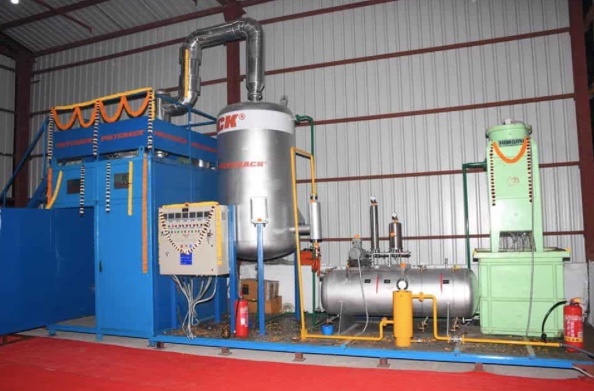
Indian Railways says that a lot of waste is being generated at its premises, and currently there is no efficient method of disposal. Most of the time, this waste gets buried in landfills. Therefore, the company sees this waste-to-energy facility as a promising solution to its waste management problem.
Safe Solution for Medical Waste Disposal
Luxembourg-based Boson Energy develops and implements solutions that turn mixed and hazardous waste into clean power, heat and GHG-free thermal cooling with no toxic pollution. Its system combines all three well-proven waste-to-energy technologies: pyrolysis, gasification and plasma treatment — applied together or separately, depending on the waste stream. Boson Energy estimates that its system could reduce waste volume by 95%, compared to the 70% achieved by incineration, and the 0% achieved by landfill.

Although Boson Energy does not yet have commercial-scale facilities in operation (at least, public information is not available), several ambitious projects are underway. Recently, Boson Energy has partnered with an American medical waste hauler Approved Storage and Waste Hauling (ASW) to build a plant to turn medical waste into clean energy in the North East U.S. The two companies’ plans are grand: within the next five to 10 years, they aim to launch at least 20 waste-to-energy plants of this kind across the country.
Medical waste disposal is one of the most regulated niches in the arena of waste management. Moreover, infrastructure for treatment of this kind of waste is very limited even in the United States. Medical waste incinerators are facing increasingly more scrutiny and some of them have had to shutter and/or undergo expensive retrofits to comply with federal regulations. Therefore, the waste-to-energy plants are viewed as a great alternative to traditional incinerators: plasma gasification can handle mixed medical waste of any type, including hazardous ones, with no toxic emission in the end.
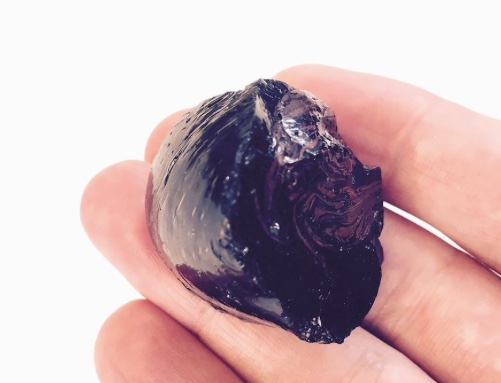
Another BOSON Energy’s project will be implemented in the city of Göttingen in Germany. There, BOSON Energy gasification system will be installed at a local bioheat center operated by an energy company Stadtwerke Göttingen. The gasifier will run on regionally sourced wood chips and wood waste from local businesses. With this technology, Stadtwerke Göttingen expects to increase its biogenic heat generation from 30% to 65%.
For more information, visti https://orange-bird.agency/.
